Riveting Runways: Why the Venue of a Show Is Crucial
- Joanna Mingo
- Mar 27, 2017
- 2 min read
The word "fashion" has a famous connotation with runway shows; when people think of fashion, they think of models strutting down a long runway in outlandish creations and striking a pose.

Although the industry extends beyond just runway shows, this connotation isn't entirely far off. The trickle down theory of fashion states that fashion is influenced by runway shows and trends move from there to the consumer.
These shows are how designers put out their creations and display their vision. Everything from the venue to the models in the show contributes to the aesthetic and the helps convey the artistic dream.
Chanel is no stranger to this concept, especially under the influence of Karl Lagerfeld.
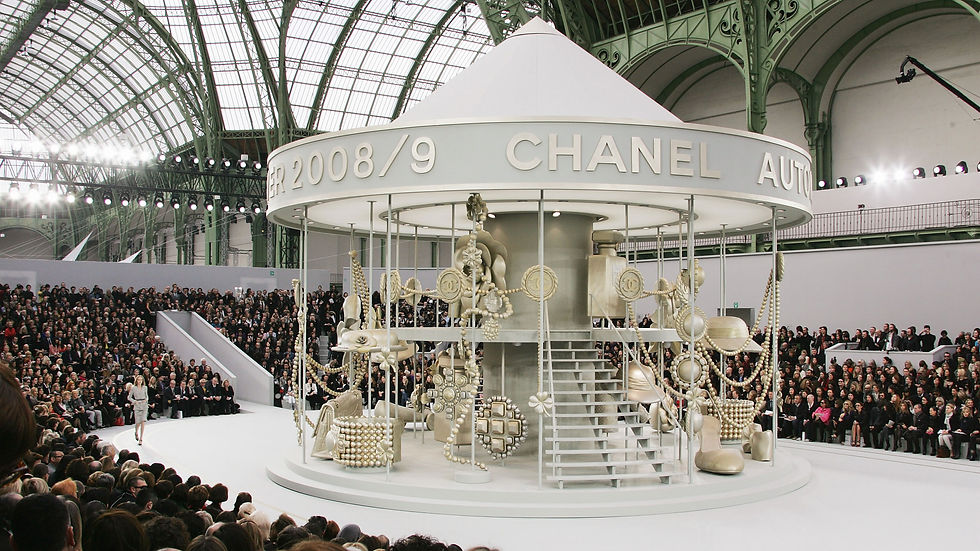
For years, the fashion house has been pumping out extravagant shows one after another, always attempting to top the previous. Their extravagance usually relies on the creativity of the venue.

For the Pre-Fall 2017 show, Lagerfeld took to the newly renovated Ritz, a gilded Parisian hotel with strong historic ties to the fashion house. However, Lagerfeld's intentions in the venue selection didn't revolve around Coco Chanel's infamous life and death at the Ritz; rather, Lagerfeld wanted to embody the sense of the consistent revolving door of the hotel and the many people from all over the world who have stayed there.
The Ritz just reopened in June 2016, thus making the Chanel show the perfect event for a grand reopening. The renovations took four years and cost approximately $200 million.
The utmost elegance of the hotel paints it like a dream, almost like that out of a movie - it reminded me heavily of The Grand Budapest Hotel.
The lavish and ornate detailing also highly resembles that of the French Rococo period in which Marie Antionette reined.
For the show, Chanel models walked down through the lobby and then around the dining area, interacting with those seated at tables. The models were all dressed in individual outfits, not necessarily cohesive looks.
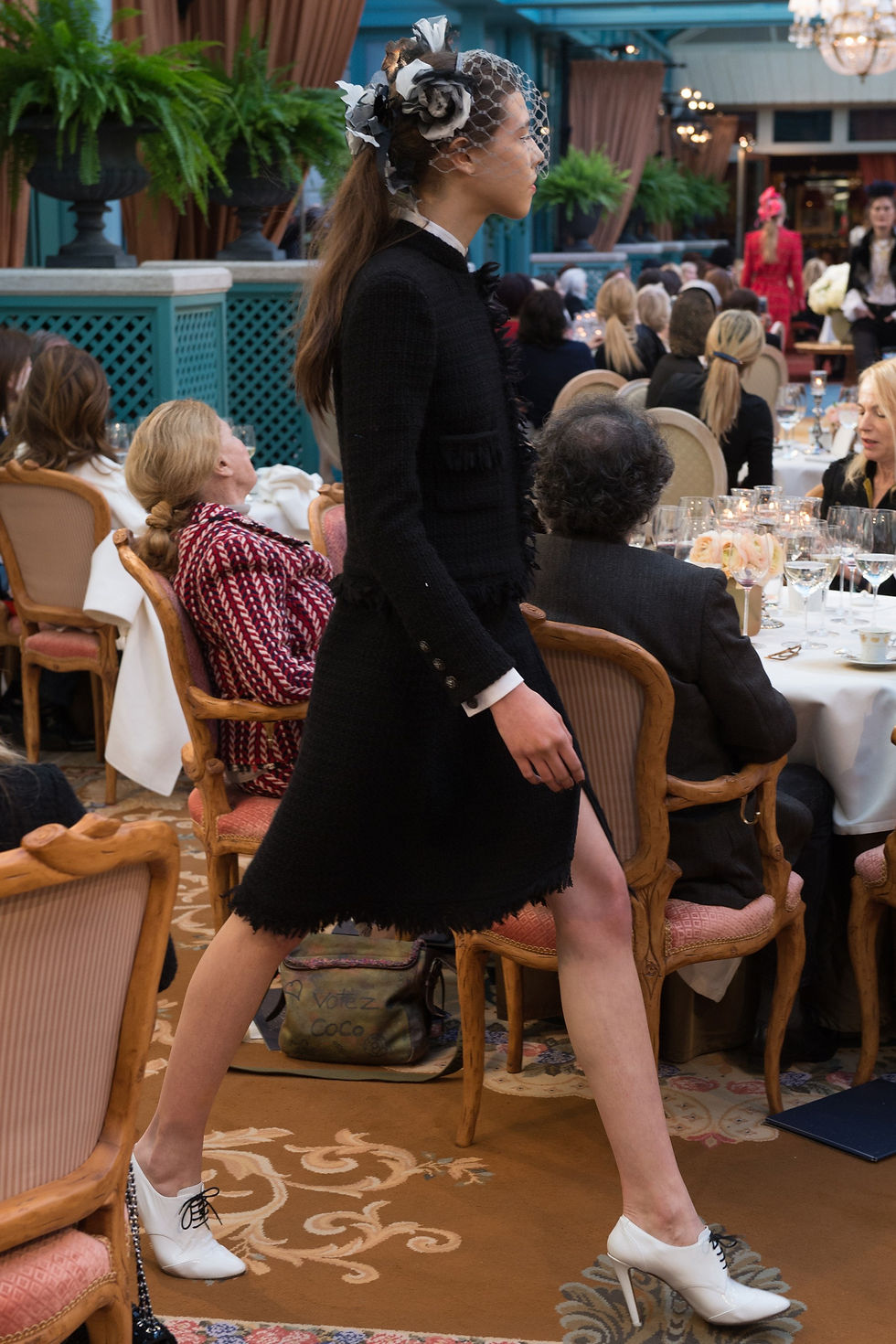
From net veils to mini skirts to suit jackets, the collection embodied a multitude of different decades - all part of Lagerfeld's vision of hosting the show at the Ritz. People have been coming to the hotel for decades to dine and stay, and this collection reflected that history.
If the show was to be hosted on a stereotypical, static runway, would this message have been conveyed? Probably not. Would the collection still have been successful? Probably. If it was hosted at a different historic venue, would the message be conveyed? Perhaps.
What it ultimately comes down to is that the venues selected for fashion shows are well thought out and have immense purpose behind them. Yes, they are meant to be cool, new, and create that wow factor, especially against competing shows, but there is always a deeper rooted message behind each collection.
Fashion is a form of art, and all components contribute to the beauty, wonder, and exquisiteness of it all. Fashion shows shouldn't always be meant to be on a generic catwalk. Venues have their own stories by having collections displayed at these locations, the story of the fashion itself all comes together.
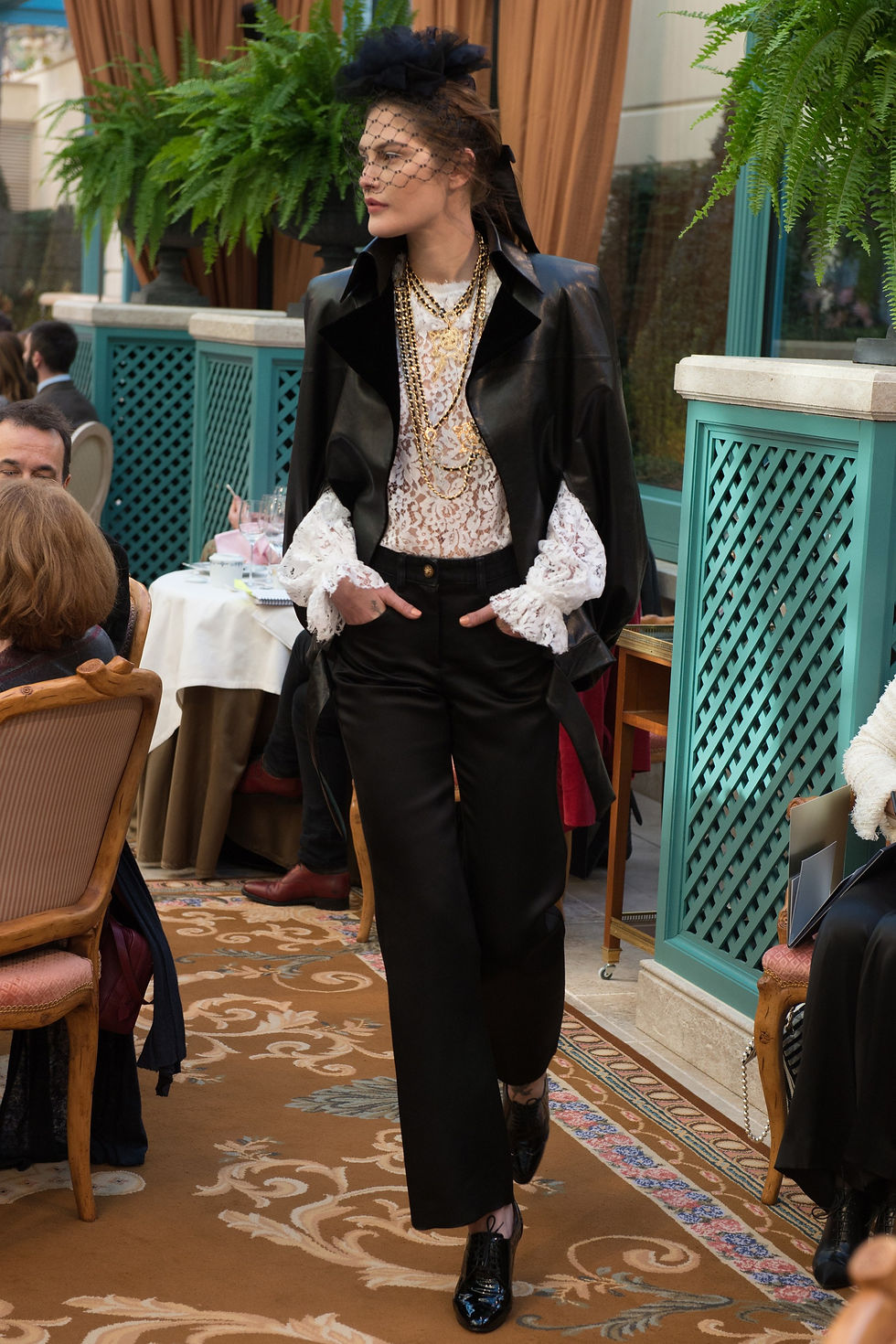
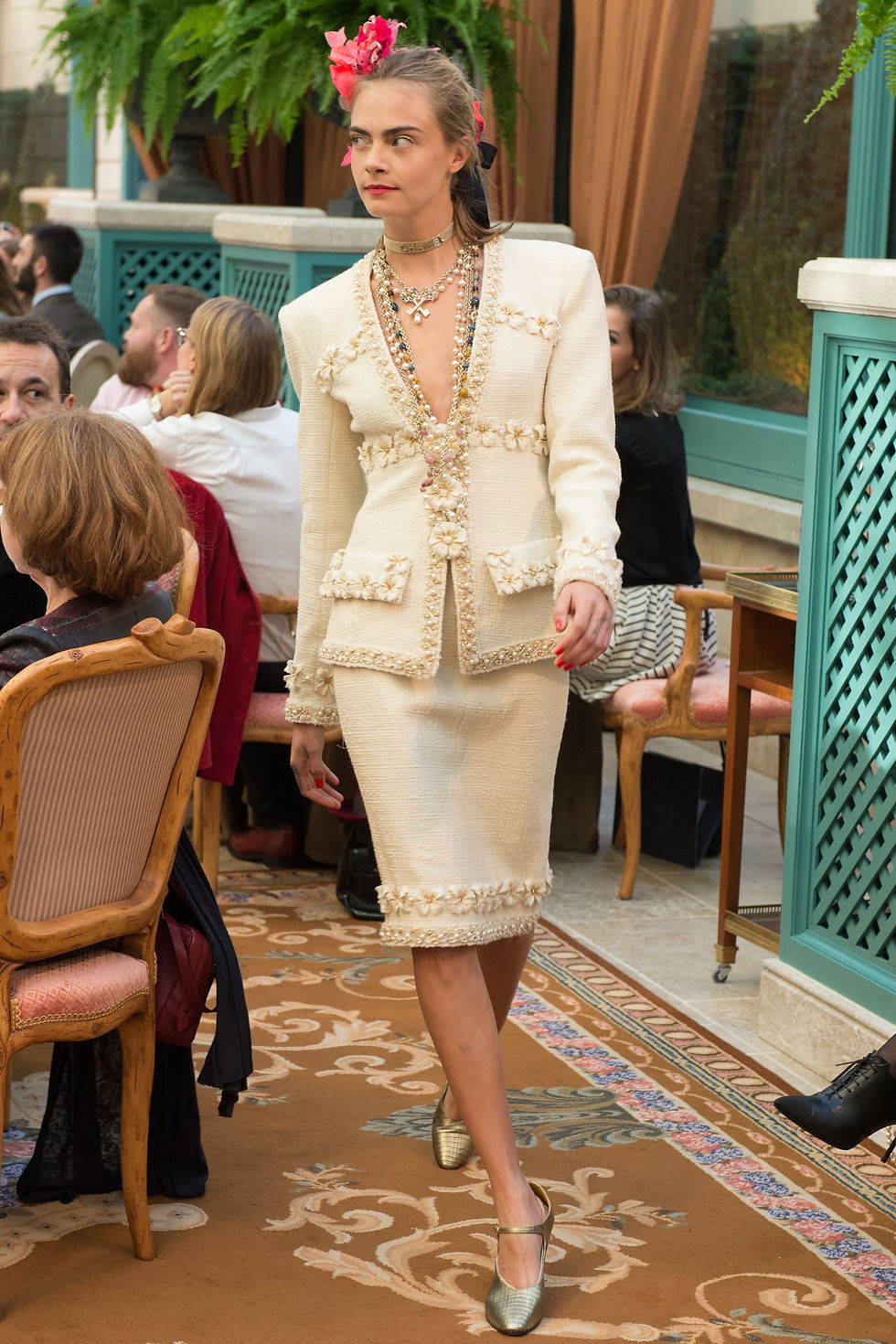














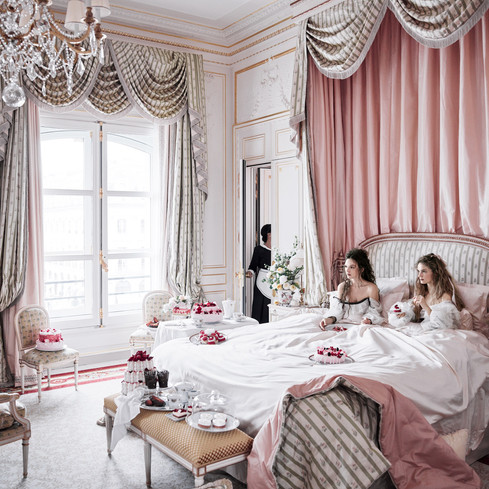


Commentaires